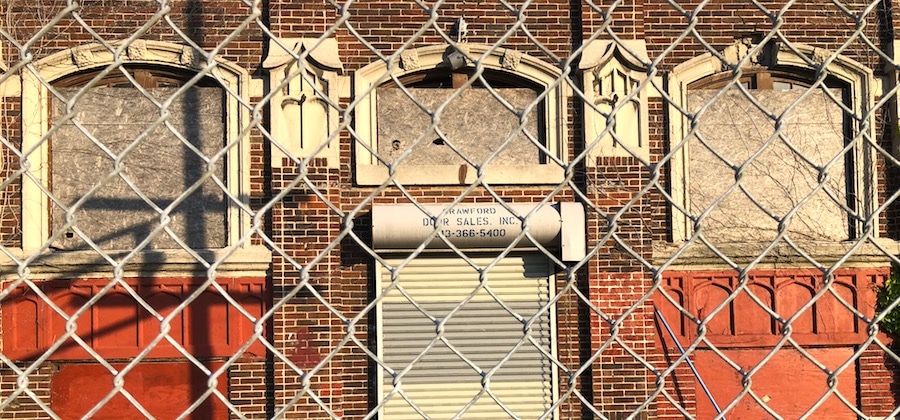
Finding value-driven real estate investments on the periphery
In real estate, there is no risk without reward. The traditional view is that developing in high-end commercial and residential markets, like Manhattan in New York City or the Financial District in San Francisco, is less risky than developing in a community with less financial resources. However, this may not be entirely accurate. In many parts of the country we now have an oversupply of high-end, luxury housing, particularly in districts that are very similar to Manhattan or other urban cores.
Lower-income communities are currently underserved, and there are strong demand drivers at play in those areas. Land and property acquisition costs are also much more manageable in neighborhoods on the periphery- those that are in the process of growing economically. While the big-name firms get all of the media attention with gleaming towers in city centers, investors across the country are making money by serving the needs of the 99%, not the 1%.
The need for community building in low-income areas
The housing affordability crisis is in full effect. Hundreds of thousands or even millions of people across the United States are having to choose to relocate due to encroaching gentrification. When investors and developers view projects in those communities as risky, rightly or wrongly, it prevents much-needed capital from filtering into the area and more importantly prevents capital from reaching the people that need it the most.
While there are a multitude of federal, state, and local programs dedicated to solving this issue, the public sector alone will not be able to solve it. Socially-minded investors and entrepreneurs already have the tools to alleviate this crisis- and they can generate stable, long-term returns while doing so.
Bringing locals along
The first step to helping someone is to ask what they need. Community collaboration is essential when it comes to creating a viable, self-sustaining community. Developers can foster these relationships through meetings with locals, educational programs for residents, and other forms of outreach that take their concerns into account.
Remember that a dialogue goes two ways, and you can learn a thing or two while working with community members. There is nothing more valuable for a business than understanding customer needs, and an honest conversation with your prospective neighbors, buyers, or stakeholders can go a long way towards that.
And bring investors along
Educating the community is an important first step, but you have to educate investors too. There is no development without investors, and part of the reason we are in this mess is that investors have not been incentivized to help build sustainable communities in low-income areas. Contrary to popular belief, not all investors are heartless monsters who only care about the bottom line. There are millions of investors that want to invest in socially responsible developments- and there will be millions more if developers can adequately educate them on the financial opportunities that lie in low-income community development.
Raise capital differently
Education is excellent, but at the end of the day, you need to be able to finance your projects. Big lenders and banks may not share your passion for socially responsible investing, but luckily, the world of real estate finance has expanded quite a bit in the past decade. You can now source capital from individual investors through crowdfunding, work with community trusts, or partner with local governments to create neighborhoods that are built for people, not just for profit.
_
The most important thing to remember is that successful developments take into account the needs of a community first. By treating local stakeholders as partners, you might avoid many of the problems that plague real estate projects- and this saves you time and money. The fact that you can make the lives of all stakeholders a little brighter is just icing on the cake.
Image by Eve Picker
